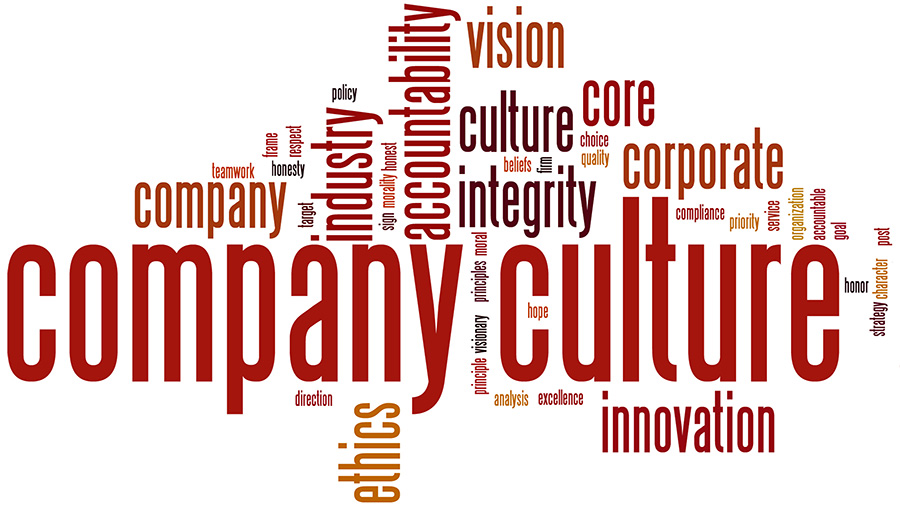Over the past several months we’ve had the opportunity to interact with dozens of senior leadership teams across the asset management industry. Apart from the broader industry challenge that the new low fee, passive investment-focused marketplace dynamic represents, there is another topic that comes up again and again. Culture. Many firms are trying to better articulate their culture or are undergoing generational change within their leadership teams which has led to a discussion on how best to preserve it. Having worked for several different asset managers with distinguished corporate cultures over the years, it is a continual challenge regardless of firm size or specialty. With more than 80% of the firms that we surveyed earlier this year indicating that culture is their number one differentiator, the importance of distinguishing that culture cannot be overstated. Further to that point, cultural alignment is a key focus of every recruiting assignment we undertake.
In an effort to address how to better promote and preserve a firm’s unique culture, there are a couple of strategies that we would suggest. First, having a team of culture carriers (or culture ambassadors) is critical. These individuals tend to have served with the firm over a long tenure and have played an active role in the firm’s success over time. Through their experiences, they have a strong sense of the firm’s beliefs and values as well as its history. As such, these individuals play a critical role in ensuring the continuation of that culture. At the same time, it is important that senior leadership impart that responsibility to culture carriers so that they feel a sense of ownership. Firms that have successfully introduced the concept of culture carriers have asked them to participate in candidate interviews, new employee onboarding, as well as promoting the culture internally as well as at corporate events. Some have gone so far as to ask culture carriers to take a more active role in the marketing effort, whether in developing messaging related to culture or participating in client meetings.
On the topic of developing messaging to highlight an organization’s culture, we would recommend that organizational leaders give consideration to developing what we’ve termed a culture guide. A culture guide can take several forms, whether a dedicated document or page on the company’s website. The content comprising that document should ideally address several areas:
- An overview of the firm’s mission
- Key distinguishing tenets of the firm’s culture
- How the firm invests in and develops its employees
- How the firm gives back to its local community
- Senior management’s vision for the firm’s future growth
Each of these items is something that is consistently requested by prospective new employees when evaluating a potential job opportunity, particularly among a new generation of job candidates that often cite corporate culture as a larger personal driver than compensation. An added benefit of a culture guide is that it not only serves as a point of reference for potential new employees but also provides reinforcement to existing employees as far as why they joined the firm, fostering continued alignment of interests and a common purpose in pursuing the firm’s vision for growth. Several of our clients that have developed culture guides have noted significant improvements in not only attracting new talent but creating a stronger connection with job candidates and providing them a higher level of conviction in joining the firm.
Given today’s competitive market for talent, we hope that you find these approaches helpful in differentiating your firm as well.


